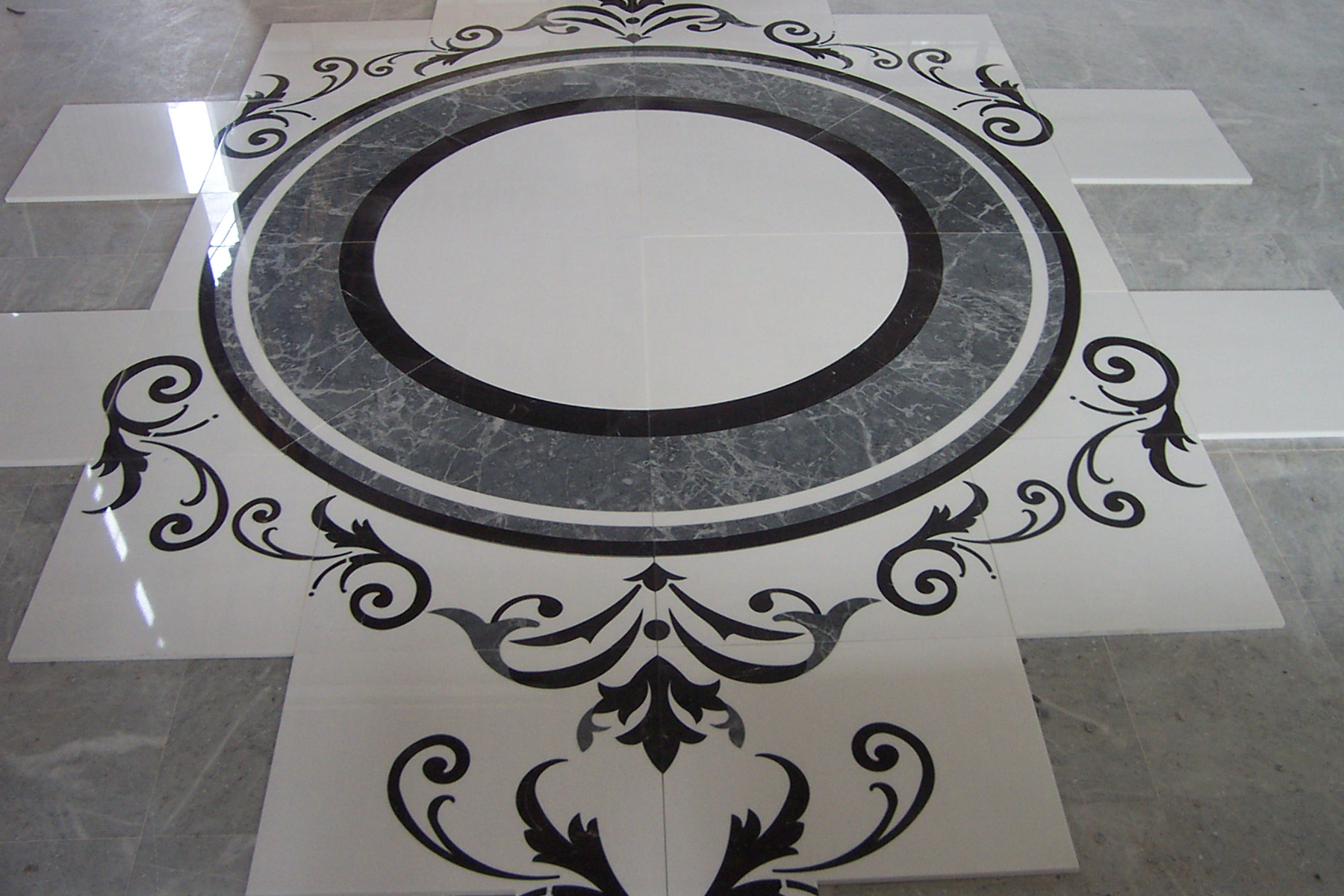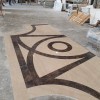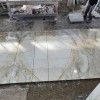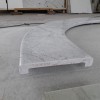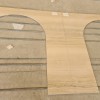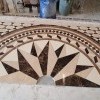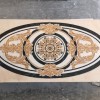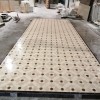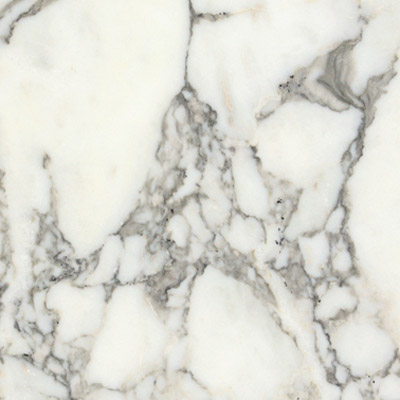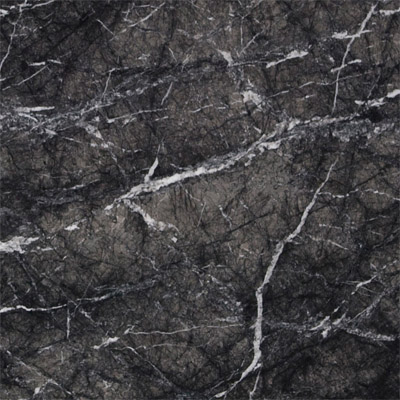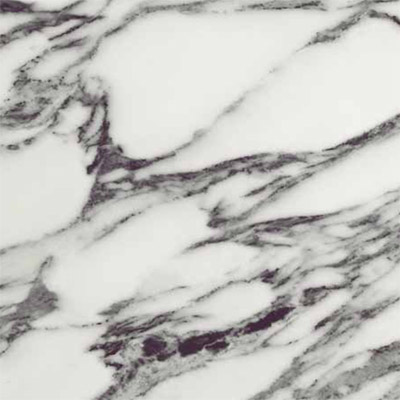News
The “right” marble – part II
Posted on 12 Aug 2022
How can you choose the “right” marble for your project?
In this second part related to the appropriate analysis for choosing the most suitable natural stone for a specific project, we focus our attention on the technical features that are peculiar of each stone. The elements that are considered the technical features of stones are 3:
- Petrography
- Physical and mechanical properties
- Chemical composition and mineralogy
The knowledge of these specifics will allow to evaluate the practical potentialities of a type of stone and to know in advance if the performing features of it would be suitable for the requirements of a specific project.
- Petrography focuses on the origins and features of minerals that make up rocks. Its knowledge has practical implications mostly to understand and prevent modifications of natural stones (such as chromatic variations, decrease of mechanical resistance…) when they undergo unusual employment conditions (such as direct and high sunlight, pollution…).To fully understand its importance, petrography has to be read in conjunction with mineralogical and chemical information.
- Mineralogy is specialized in the classification of minerals included in rocks and their distinctive features. This branch provides relevant evidence on rocks’ processability. On the other hand, chemistry studies the type and percentages of elements included in rocks and allows us to understand if those could show chromatic variations or defects after some time.
- A rock could be used as a decorative stone if it has a set of certain physical-mechanical properties that determine its processability conditions.
The major physical-mechanical properties that define a natural stone are:
- The apparent bulk density is defined as the mass of the material divided by the total apparent volume it occupies (that also includes the internal void volumes, so its porosity). It indicates the effective weight of materials and their density.
- Compressive strength indicates the ability of stones to carry loads. The knowledge of this data is crucial not only for those items carrying a structural function (such as solid columns, arcades, piers and so on), but also for floorings and claddings where stones undergo compressive solicitations.
- Compressive strength after freezing determines how stones are affected from freeze–thaw cycling. A material can be defined as “gelivo” when this data reduces more than 25% under freeze–thaw cycling (from -10% to + 35%). This test is fundamental when choosing a stone for outdoors where temperature excursions in 24hours are relevant.
- Porosity defines the percentage of void volumes in a material, giving important indications on its density and its ability to hold fluids.
- The imbibition coefficient indicates the ability of a stone to absorb fluids, indirectly defining its porosity.
- The flexural strength, as it can be deduced from the name, indicates stones’ resistance to conditions of mechanical stress that directly or indirectly cause flexure (areas subject to strong wind, floating floors, elements in relief…)
- Thermal expansion coefficient indicates the ability of a material to expand under high temperatures. It’s relevant the example of combining a light material with one a lot darker in an outdoor environment subject to direct sunlight in already hot regions. The different reaction of the 2 products would create deficits on the balance of the whole structure.
- Elasticity measures the ability of a material to warp under mechanical stress conditions. This property is strictly linked with the flexural strength.
- The frictional wear test shows the impact of abrasion and friction on stones and allows to evaluate the suitability of a material based on density transit.
- The impact test gives indications on the resistance of stones under heavy loads.
- Hardness indicates resistance to scratching (defined by the Mohs scale) and to condensed loads (defined by the Knoop microhardness).
All physical-mechanical properties can be tested in dedicated laboratories that follows standard procedures, indicated from official organizations. The materials available in the international market are normally analysed according to the current regulations of the countries where these are mostly used. Among the standards employed more often there are ASTM (American Standard Testing Method) and UNI (Italian National Unification).
From a practical point of view, it could be necessary to know how a material reacts under circumstances not analysed by the standard tests to prevent deterioration. We mean particular weather conditions, like high pollution, saline environment, presence of ultraviolet rays. It’s possible to make tests ad hoc in specialized laboratories to reproduce in short time the same conditions that in a normal situation may arise in some years and find the most suitable technical solutions to limit that deterioration.

